Ice sites connected to transport and mountain passes yield a much broader spectre of finds than hunting sites. The artefacts associated with transport may be traces from the transport itself, or items lost or discarded by travellers.
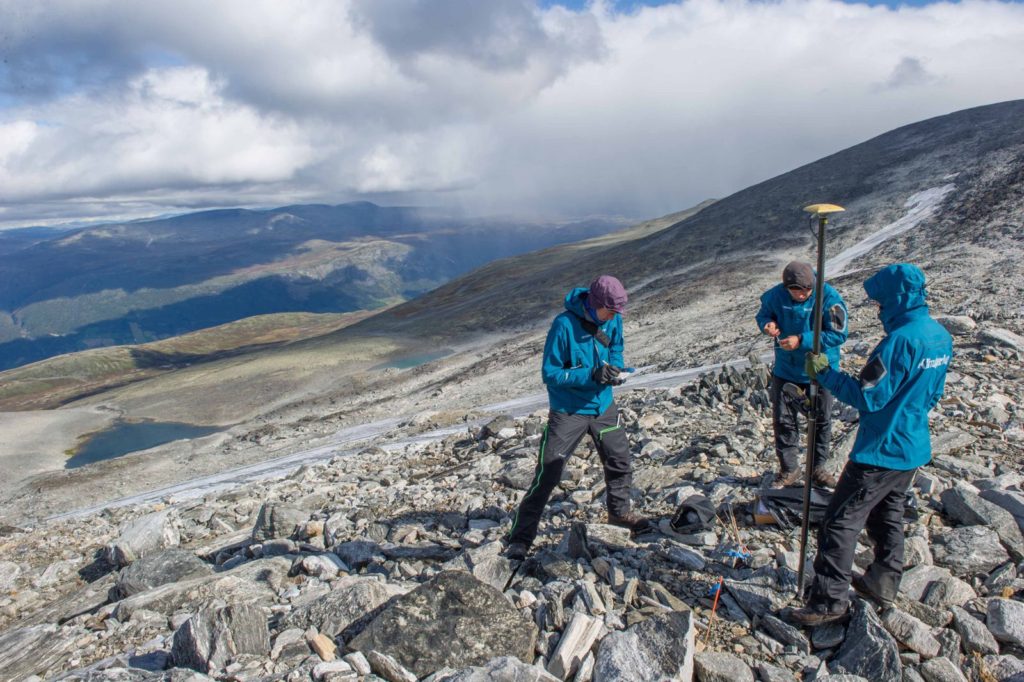
Artefacts from transport and mountain passes are mainly found in the Alps, where few hunting finds are made. The ice finds in northern Europe mainly derive from hunting, but there is one exception – the mountain pass at Lendbreen, which has yielded hundreds of transport-related finds. The most common finds are iron horseshoes (mostly Medieval), textiles, hide-shoes and remains of wooden ropes (Late Medieval and early Post-Medieval). Part of a horse harness from the Viking Age has also been recovered.

More than 20 horseshoes have been recovered from Lendbreen. Horseshoes were used from the 11th century onwards in Norway, and have changed their shape through time. This allows a dating of them. Most of the horseshoes from Lendbreen are Medieval (AD 1050-1537).
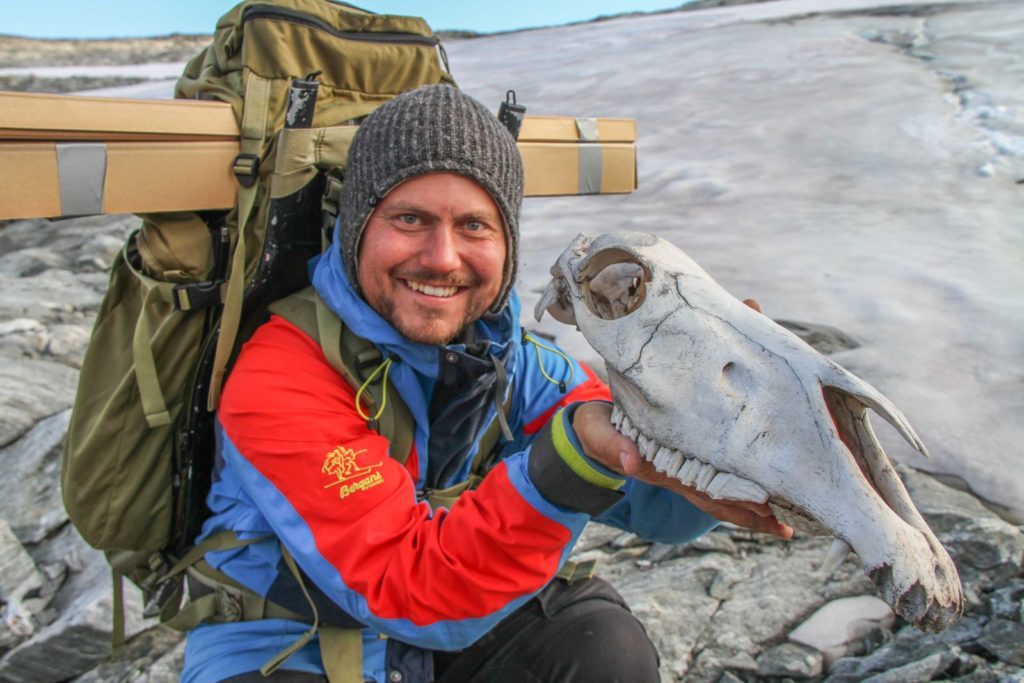
Remains of two packhorses have been found. The oldest, of which only part of a jaw was preserved, dates to ca. AD 500. The other, of which so far the cranium and the pelvis have been found, has been dated to c. AD 1700.
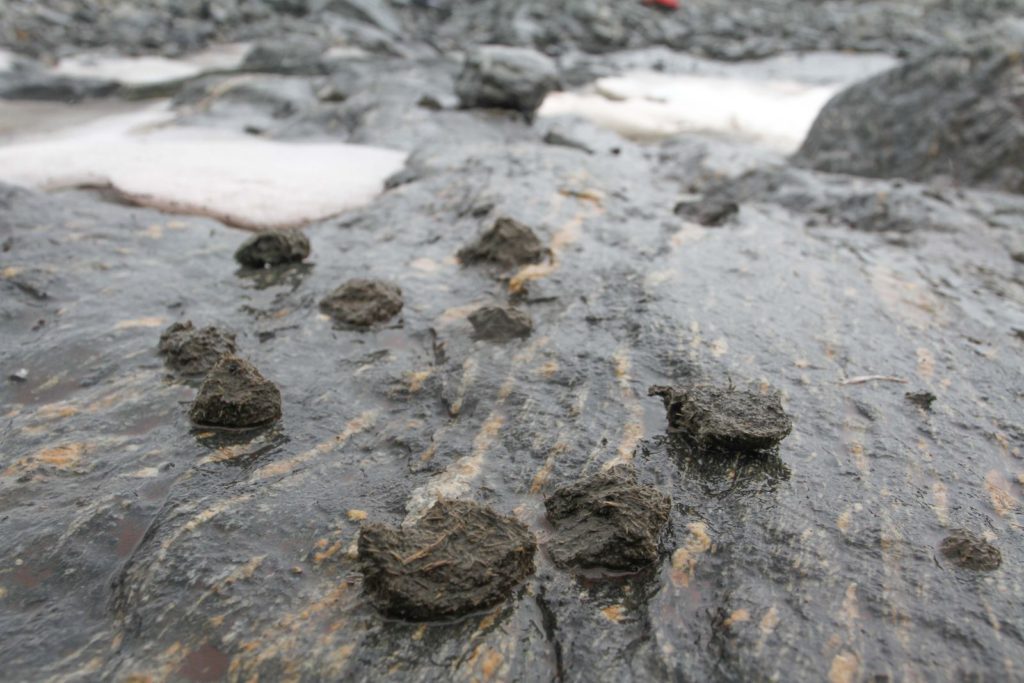
Old horse dung has also been preserved in the ice in the Lendbreen mountain pass. Several radiocarbon dates of the horse dung shows that it is between 800 and 1200 years old.
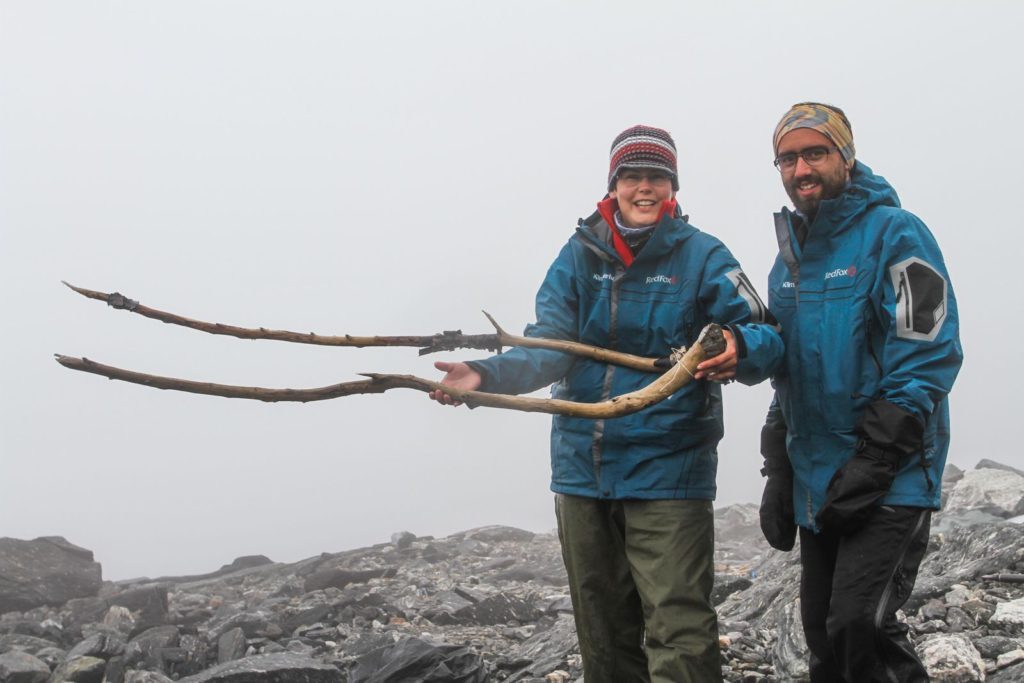
A special group of finds from Lendbreen are what look like giant slingshots. One of them has been dated to ca. AD 400. Remarkably, similar objects were still used locally in the 20th century. They are called “tång”, and were used to strap down the load on sledges. This is a clear indication that people were also crossing the mountains during wintertime.
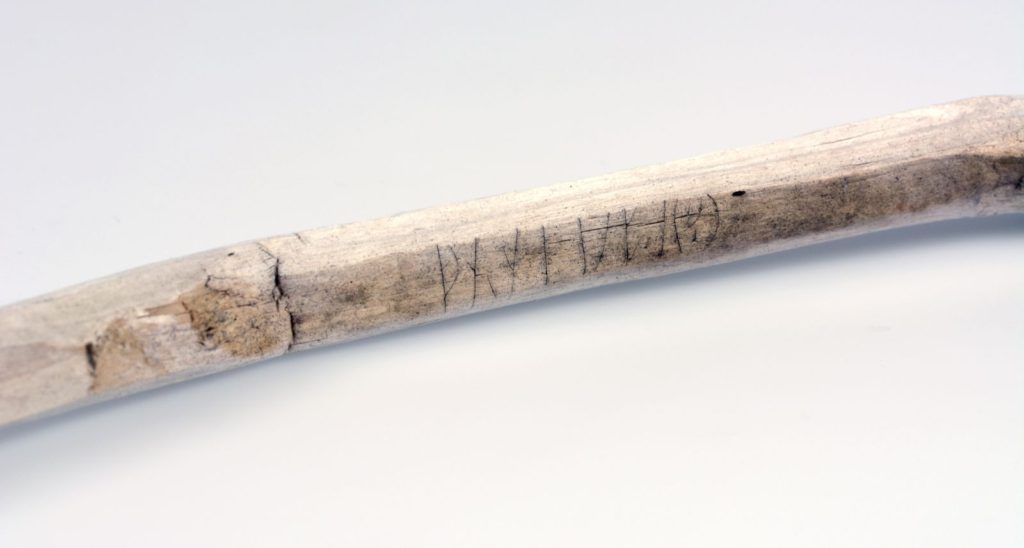
Walking sticks have been found on several sites. They are mostly broken, but a few are complete. A runic inscription has been found on a broken walking stick from Lendbreen.
A journalist from Archaeology Magazine visited Lendbreen in 2012. You can read his report here.
